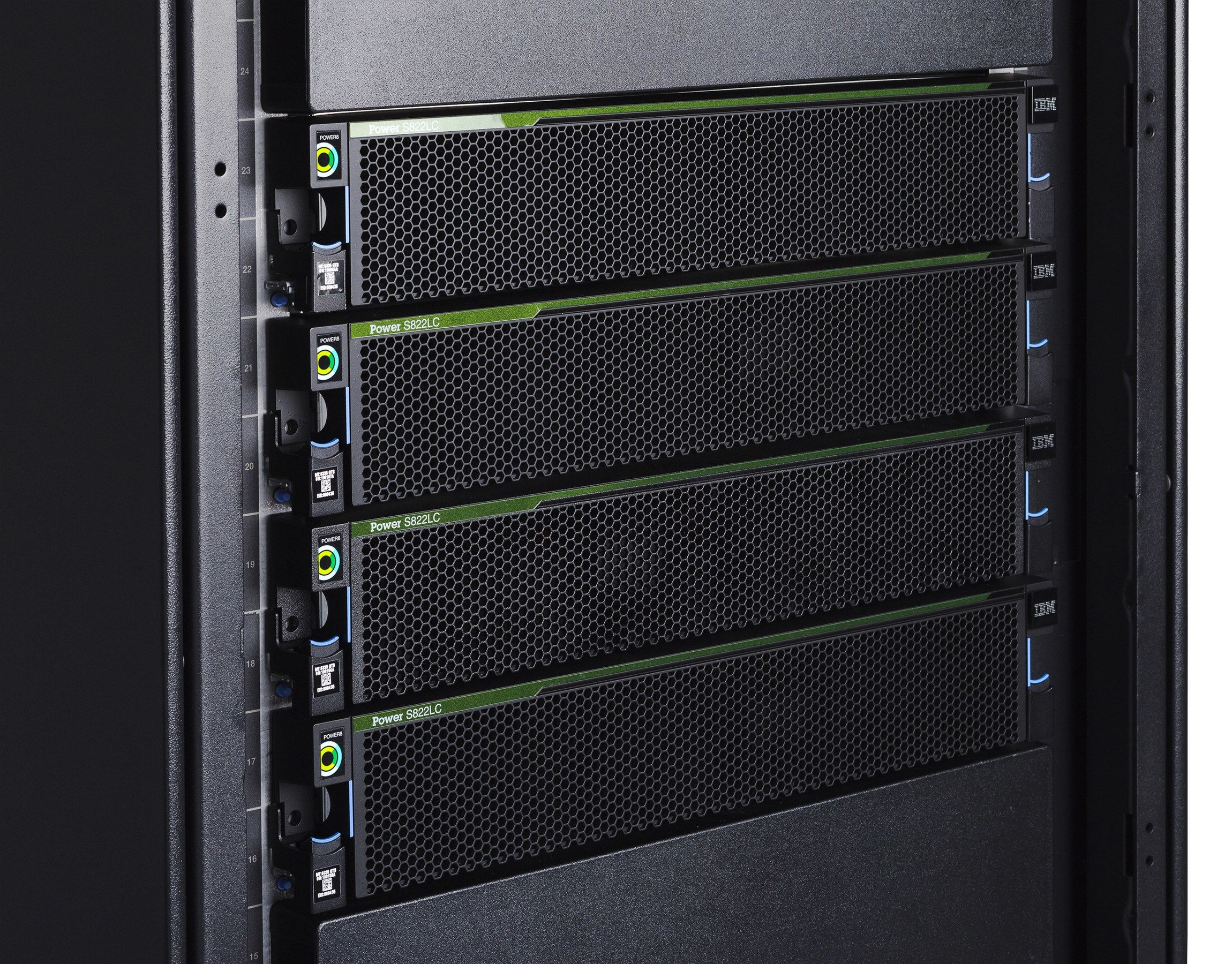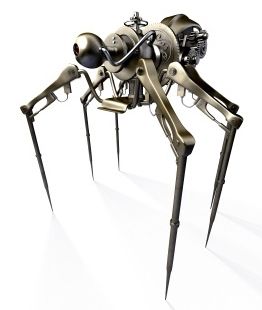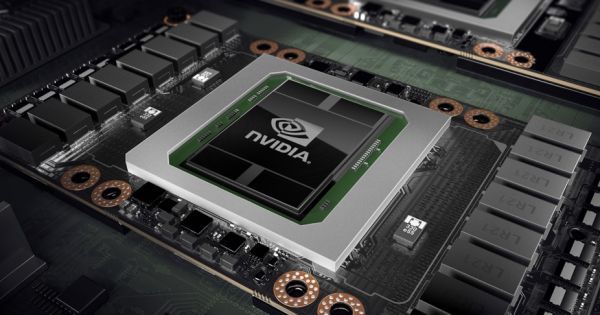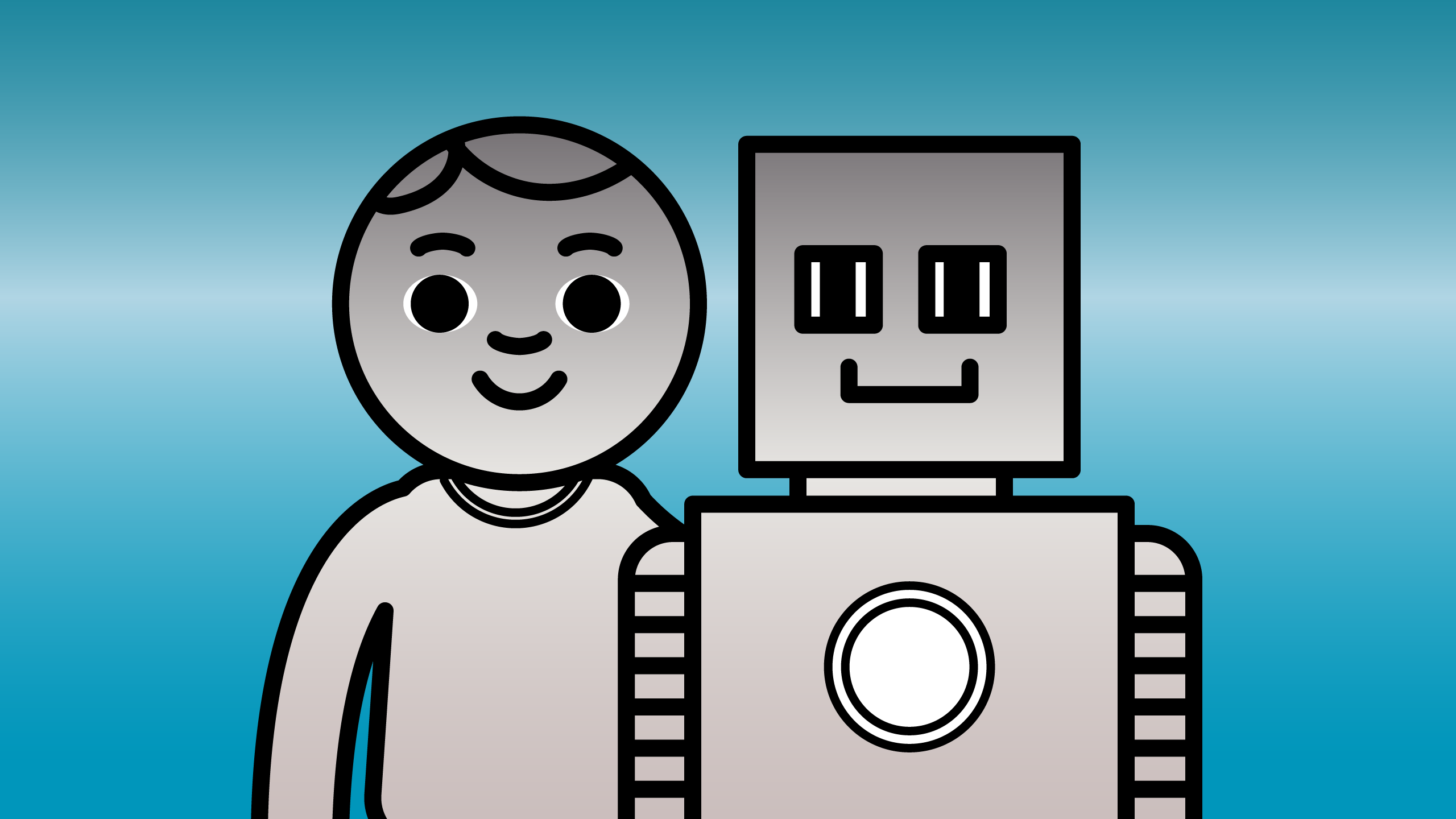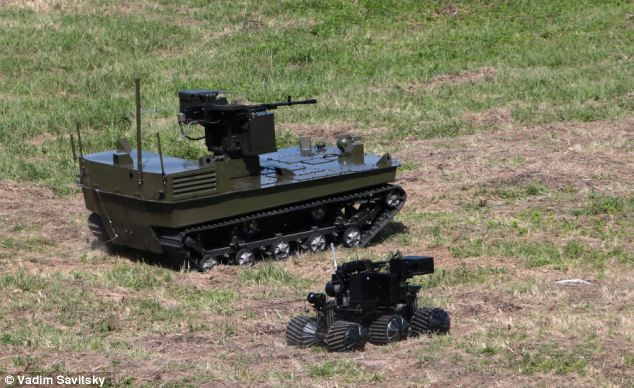Researchers from Yale University have unveiled CertiKOS, the world’s first operating system that runs on multi-core processors and shields against cyber-attacks. Scientists believe this could lead to a new generation of reliable and secure systems software.
Led by Zhong Shao, professor of computer science at Yale, the researchers developed an operating system that incorporates formal verification to ensure that a program performs precisely as its designers intended — a safeguard that could prevent the hacking of anything from home appliances and Internet of Things (IoT) devices to self-driving cars and digital currency. Their paper on CertiKOS was presented at the 12th USENIX Symposium on Operating Systems Design and Implementation held Nov. 2–4 in Savannah, Ga.
Computer scientists have long believed that computers’ operating systems should have at their core a small, trustworthy kernel that facilitates communication between the systems’ software and hardware. But operating systems are complicated, and all it takes is a single weak link in the code — one that is virtually impossible to detect via traditional testing — to leave a system vulnerable to hackers.



